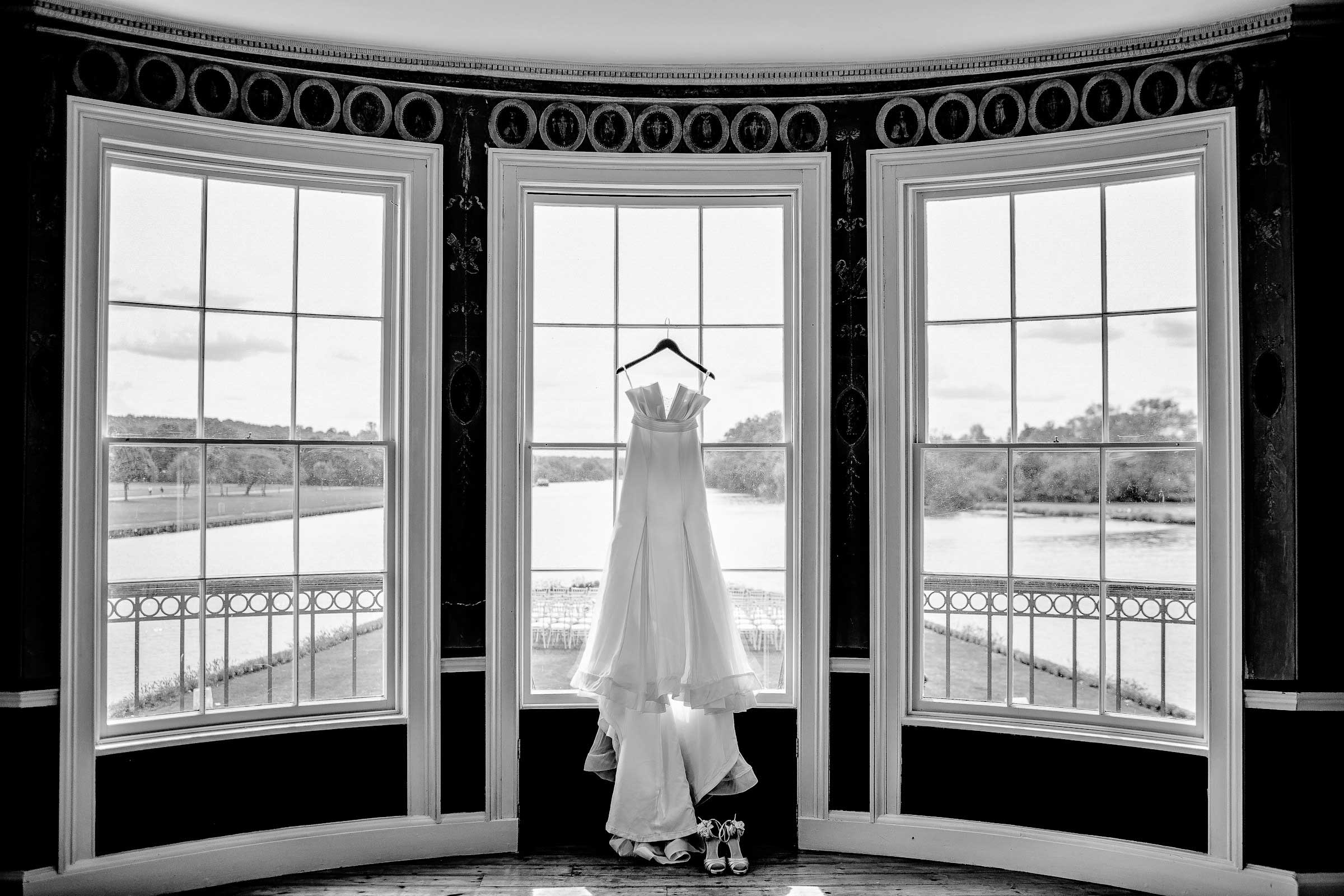We’ve all heard of Bernie Madoff and Frank Abagnale—but the female con artists I researched while writing Lucky are the most fascinating of all and prove that sometimes truth really can be stranger than fiction. Here are five female con artists whose audacious deceptions have made them the stuff of legends. Do you think you’d fall for any of their tall tales?
Delvey’s extravagant cons inspired some of Lucky and Cary’s swindles when they were living in California and pretending to be a young couple named Jonas and Alaina devoured the many feature articles written on Delvey that filled my newsfeed as I wrote Lucky, searching for the secret to her scam artist success. I came to the conclusion that the key to being a good con artist is simple: it’s all about confidence. If you believe the story you’re telling, no matter how outlandish, chances are others will too – at least for a while. Delvey was from a working-class town near Moscow — but she pretended to be a German-born socialite. She would often absentmindedly forget to pay for things — trips, dinners, rent – and her affluent friends had no problem footing the bill. She fit right in and was rarely questioned. Delvey conjured up the appearance of riches by tipping lavishly everywhere she went, while living on fraudulent cheques, credit she could never repay and loans. Eventually, her web of lies caught up to her — but it was nothing if not an entertaining ride from high society to prison.
She painstakingly conned her way into the upper echelons of Chinese society, fraudulently acquiring luxury automobiles, expensive clothes, and jewels. Her scamming prowess gave her the courage to con many notables—including Olympic athletes and actors — by using a fairly simple (and shockingly common) real estate scam involving selling properties that had been foreclosed and were not actually hers to sell. She also rented out properties that did not belong to her and got herself into and out of spectacular debt many times before she finally went too far and ended up in prison—but not before bilking her victims out of a combined total of 10.5 million dollars.
She was the founder of a health tech company called Theranos—which turned out to be not much more than smoke and mirrors: really, Holmes was making fantastically exaggerated claims about the effectiveness of a blood-testing technology her company had supposedly mastered. Holmes built a company that was worth 9 billion dollars and was based on a lie. The Holmes trial is happening now, and every time I read an update, I discover another juicy detail about her con artistry —like that fact that while she was awaiting trial, she got engaged and then married to hotel heir William “Billy” Evans. Sometimes I forget I’m reading about a real person and not a staggeringly bold fictional character—who, quite frankly, seems destined to land on her feet.
Fake psychic Rose Marks’ story is particularly compelling because one of her victims was blockbuster romance novelist Jude Deveraux. Operating out of Fort Lauderdale, and within a family of fraudulent fortune-tellers dating back generations, Marks helped build an empire that preyed on the vulnerable—and gullible. One of her infamous family’s tricks was to make it appear the fortunes being told were actually real. Once the victims were sold on the authenticity of the psychic predictions, there was often very little these marks wouldn’t do to protect themselves from curses and ill fortune, or to stay connected to their departed loved ones. But it was what Marks did to Deveraux that proved her undoing – a good thing, because it was an especially repugnant con that capitalized on Deveraux’s heartache over the loss of her son. The novelist lost her 20-million dollar fortune to Marks and was left nearly penniless and suicidal. But luckily Deveraux gathered the strength to help authorities take Marks down—and the wherewithal to keep on writing, using some of the material from her interactions with Marks in her novel Scarlet Nights.
We need to go back to the 1700s to learn about Jeanne, a truly audacious character who played a prominent role in France’s Affair of the Diamond Necklace – an event that led to the French Revolution and helped bring down the French monarchy. (Yes, a con artist really did help bring down Marie Antoinette, she of dubious “Let them eat cake!” fame.)
Jeanne’s cons mostly involved telling the most unbelievable of tales, and getting away with her lies because she did what many great con artists do: she preyed on pride, vanity, and the deepest wishes and desires of her marks. (Sound familiar? John was good at this, and taught Lucky to do it, too.) Jeanne may have been Anna Delvey’s role model because she was adept at faking wealth through forged bank statements and intrepid lies. But her ultimate grift involved a certain diamond necklace connected to Marie Antoinette, which Jeanne somehow managed to convince her lover she had a connection to and could help orchestrate its sale.
Large sums of money were given to Jeanne before anyone discovered she was faking the whole thing – and when the house of cards collapsed, she somehow convinced French society that the real scandal was the Queen’s involvement in the disgraceful situation. Jeanne kept right on conning, undaunted and bold, until the day she died—falling out a window while attempting to evade debt collectors.
I had already finished writing Lucky when Tori Telfer released Confident Women: Swindlers, Grifters, and Shapeshifters of the Feminine Persuasion. This book is a must-read if you’re as fascinated by con artists as I am and want to learn more about the lady swindlers listed above—but it also offers a complex and satisfying exploration of the reason we often find ourselves intrigued rather than enraged by con artists.


